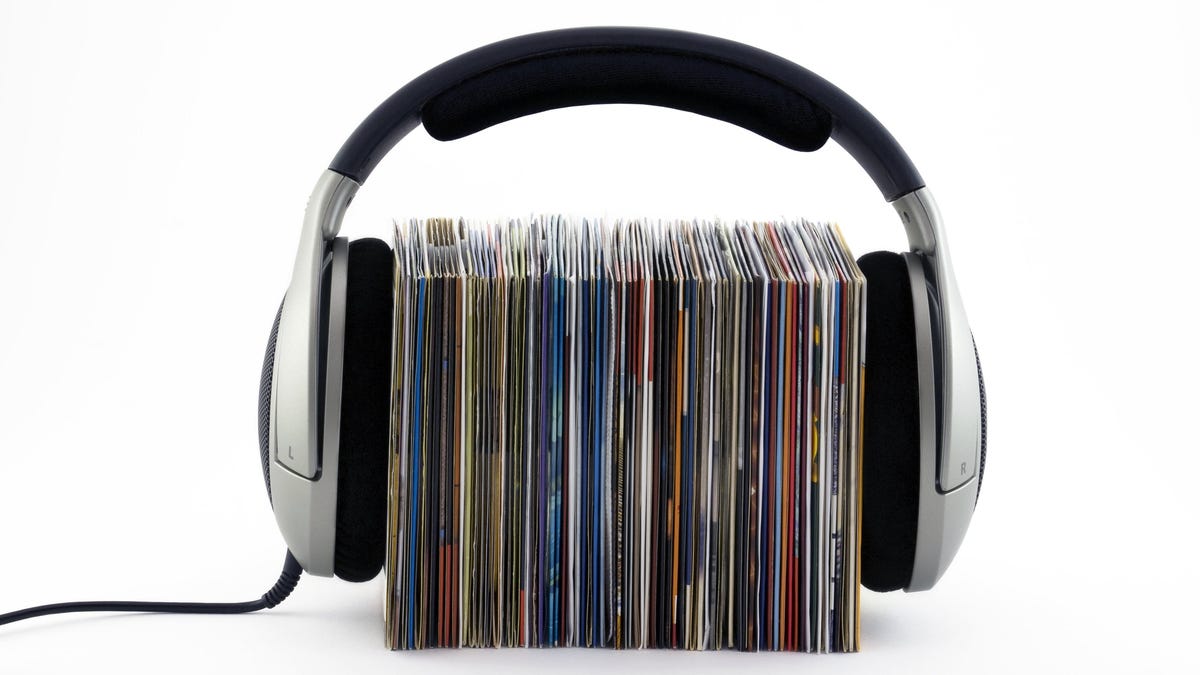"Muso, a research firm that studies piracy, concluded that the high prices of streaming services like Spotify and Apple Music are pushing people back towards illegal downloads. Spotify raised its prices by one dollar last year to $10.99 a month, the same price as Apple Music. Instead of coughing up $132 a year, more consumers are using websites that rip audio straight out of YouTube videos, and convert them into downloadable MP3 or .wav files.
Roughly 40% of the music piracy Muso tracked was from these “YouTube-to-MP3” sites. The original YouTube-to-MP3 site died from a record label lawsuit, but other copycats do the same thing. A simple Google search yields dozens of blue links to these sites, and they’re, by far, the largest form of audio piracy on the internet."
The problem isn’t price. People just don’t want to pay for a bad experience. What Apple Music and Spotify have in common is that their software is bloated with useless shit and endlessly annoying user-hostile design. Plus Steve Jobs himself said it back in 2007: “people want to own their music.” Having it, organizing it, curating it is half the fun. Not fun is pressing play one day and finding a big chunk of your carefully constructed playlist is “no longer in your library.” Screw that.



Sucks to have your radio stations. Mine rotates crap through all the time.
Funny story, when I started doing curation, I wanted to get a good list to start from. I looked at the API for Jack FM because I kind of like their mix.
I knew that there was going to be a substantial amount of repetition because you hear the same stuff a lot. Turns out there API doesn’t have any limits on it. If you talk to the iHeartRadio API and ask it for 20,000 of the last played songs it’ll give them to you.
I went back 3 years. Their entire roster was 600 songs. As I started pulling my own curation together from their list I noticed some things were absent. I noticed that some of the things that were on the same album and were arguably better songs weren’t in the curation list. My guess is that whatever catalog they were licensed to pull from they only had a certain number of top hits. A lot of the stuff was the b side of the singles, It was probably a cost savings scenario.
Later on I decided I wanted some other collections to pull from so I started pulling serious XM stations and my local radio stations. Unfortunately for this phase of the date I had to collect for a long period of time so I don’t have years of history. My local radio station had 6,000 unique songs played over the period of 1 and 3/4 years. Which I never would have guessed because again you just hear the same stuff over and over but it’s confirmation bias.
Obviously it’s nothing like the catalog Spotify has where you might hear two new things to every old thing. But there was a fair amount of discovery there. The whole concept of adding pop as it comes in you know.